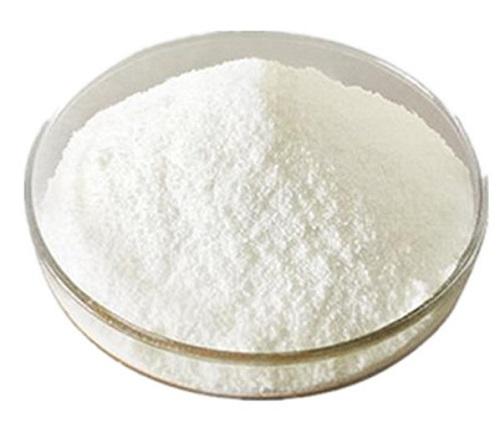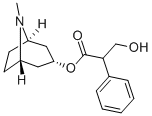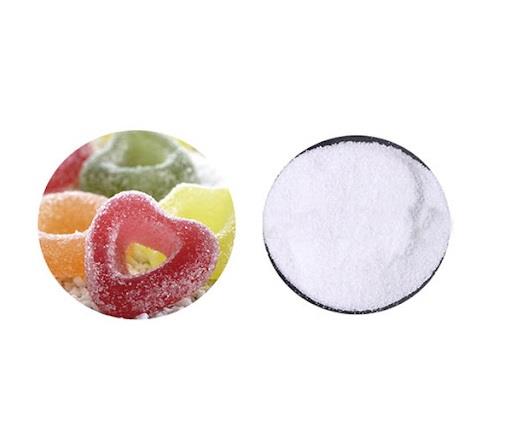Uses of Atropine
Atropine is the racemic mixture of L- and D-hyoscyamine and possesses 50% of the antimuscarinic potency of L-hyoscyamine. Atropine is derived from the components of the belladonna plant and is also present in other plants from the Solanaceae family. Women in ancient times often dripped the plant’s juices into their eyes, causing mydriasis and thereby enhancing their beauty. In Italian, belladonna translates to ‘beautiful lady.’ In the United States, the atropine autoinjector has been in use since 1973 for the treatment of exposures to chemical warfare nerve agents and insecticides.

Uses
Atropine is used in the management of sinus bradycardia with hemodynamic instability and in the treatment of peptic ulcer disease, irritable bowel syndrome, urinary incontinence, and organophosphate and carbamate poisoning. It is also present in ophthalmic preparations to induce mydriasis and cyclopegia. Atropine is often administered preoperatively to decrease secretions.
Environmental Fate
Free atropine is only slightly soluble in cold water. It melts at
115°C but decomposes upon boiling.
Environmental monitoring of atropine is not routinely
performed by regulatory bodies. Hazardous short-term degradation
products are not likely to occur. Accidental environmental
exposure may occur through unintentional ingestion of
toxic plants of the Solanaceae family, such as the deadly
nightshade.
Atropine competitively antagonizes acetylcholine at the neuroreceptor site. Atropine prevents acetylcholine from exhibiting its usual action but does not decrease acetylcholine production. Cardiac muscle, smooth muscle, and the central nervous system are most affected by the antagonism of acetylcholine.
Related articles And Qustion
Lastest Price from Atropine manufacturers

US $0.00/Kg/Bag2025-04-21
- CAS:
- 51-55-8
- Min. Order:
- 1KG
- Purity:
- 99.0% ~ 100.5%,USP30
- Supply Ability:
- 200kg/month

US $9.00-5.00/kg2024-08-20
- CAS:
- 51-55-8
- Min. Order:
- 1kg
- Purity:
- 99.9%
- Supply Ability:
- 200ton


